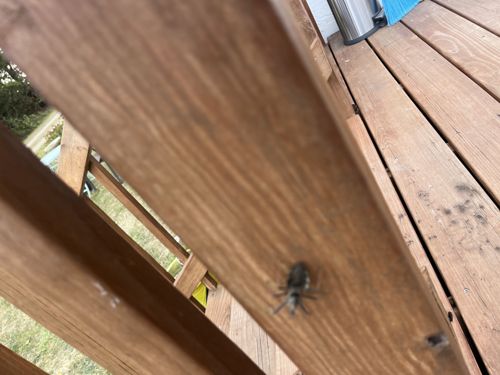Weevil
Scientific Name: Curculionidae
Order & Family: Order Coleoptera, Family Curculionidae
Size: Generally 1 mm to over 60 mm, but most common species are 3-10 mm.

Natural Habitat
Highly varied depending on the species; often found in fields, forests, gardens, and homes, particularly near their host plants or food sources.
Diet & Feeding
Mostly herbivorous; adults and larvae feed on plant tissues, including leaves, stems, roots, fruits, and seeds. Specific diet varies greatly by species.
Behavior Patterns
Many weevils are flight-capable but some are flightless. They often play dead when disturbed. Larvae are typically grub-like and feed within plant tissues. Their life cycle usually involves complete metamorphosis (egg, larva, pupa, adult).
Risks & Benefits
Potential risks include being significant agricultural pests, causing damage to crops, stored grains, and ornamental plants. Benefits include acting as biocontrol agents for invasive weeds in some cases. Generally not harmful to humans directly, though some can be found indoors.
Identified on: 10/20/2025